What Makes an Effective Yoga Teacher?
3 Ways To Go Deeper Than Just Leading Poses
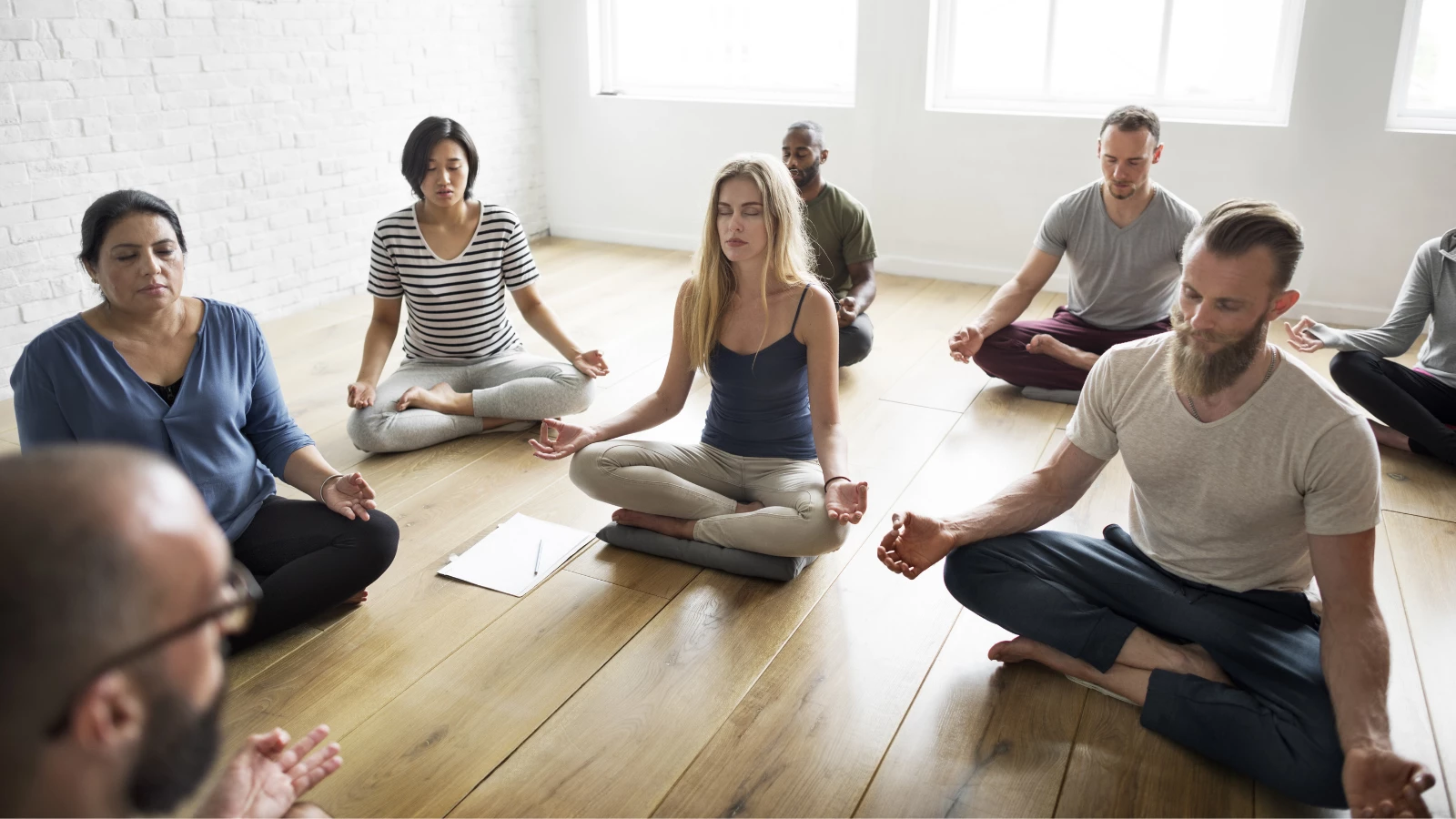
Yoga instructors, let’s take a moment for honest self-study (svadhyaya). Do you teach yoga, or are you solely leading poses? What distinguishes yoga instructors from fitness instructors? How do yoga classes and fitness classes differ? What makes an effective yoga teacher? To be fully clear, there’s absolutely nothing wrong with fitness classes or fitness instructors. Many fitness students have experienced incredible holistic benefits from their classes. Yet yoga is something wholly different, and wholly deeper.
Teaching closer to the true nature of the wise and ancient practice that is yoga can make your classes more empowering, healing, and nurturing for your students. Below are three ways that can guide you toward doing just that. It’s in no way an exhaustive list. Just like with yoga practice itself, we can find in our teaching an endless well of continuing discovery. Our students can also teach us in invaluable ways if we’re open to learning what they have to share.
For an Effective Yoga Teacher, Exercise is not the Main Goal
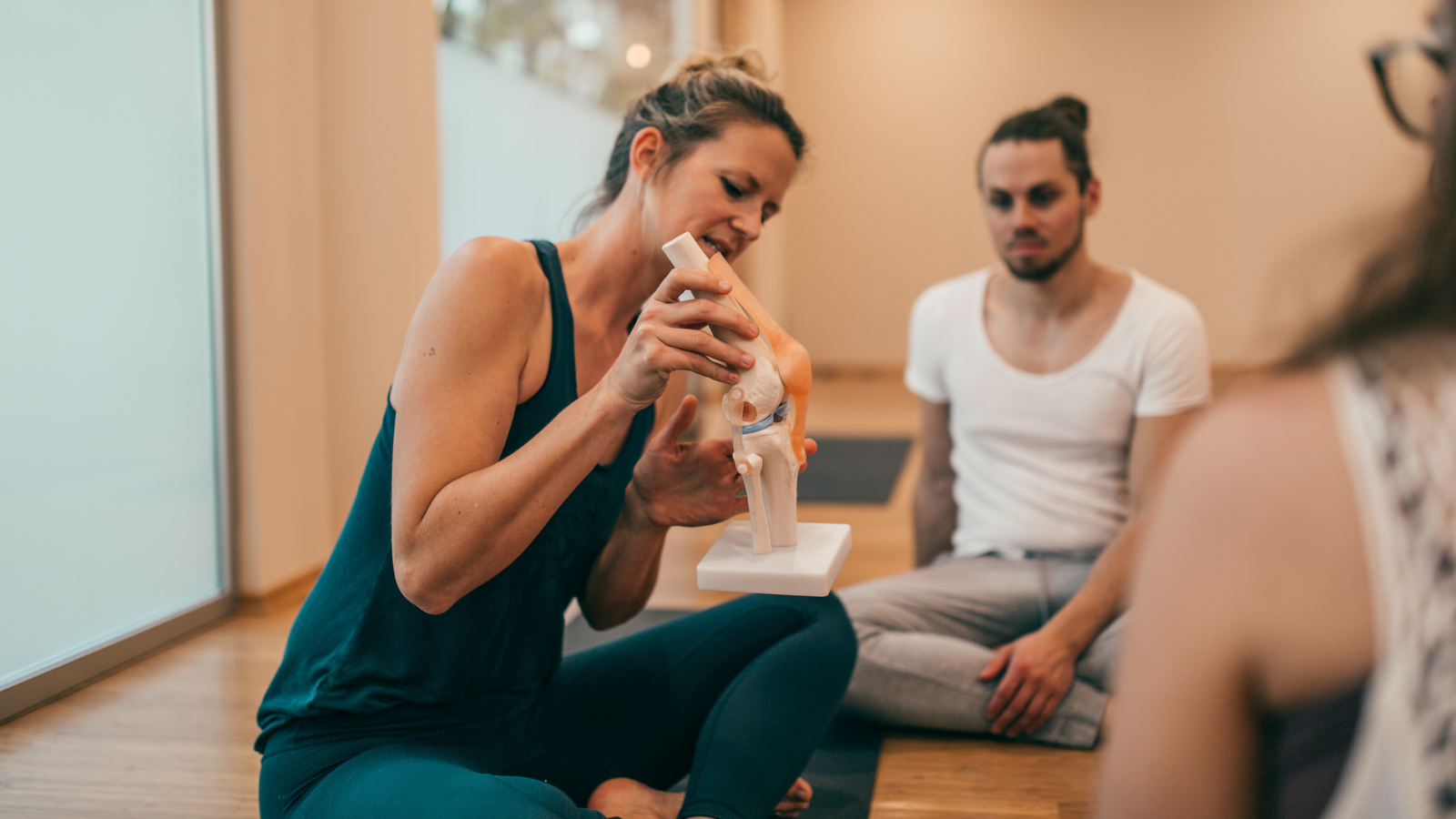 At times, the modern Western yoga world glorifies getting an intense workout—getting “your butt kicked”—in class. A by-product of that glorification can be instructors feeling pressure to give a more physically intense class. I know I’ve felt that pressure, and have heard fellow yoga instructors attest to feeling it too.
At times, the modern Western yoga world glorifies getting an intense workout—getting “your butt kicked”—in class. A by-product of that glorification can be instructors feeling pressure to give a more physically intense class. I know I’ve felt that pressure, and have heard fellow yoga instructors attest to feeling it too.
The dynamic at hand can go like this. Yoga culture, as well as wider Western culture (both often commercially-driven), drives yoga students to look to yoga for a “kick-butt” workout. That leads yoga studios and students themselves to ask (and sometimes demand) that from instructors. Out of concern for the sustainability of their jobs, and simply wanting to give their students what they’re looking for, yoga instructors comply. This confirms students’ views of what yoga is or should be. Studios, other commercial forces in the yoga world, and instructors themselves respond to that. The cycle continues. Around and around we go.
Yet that cycle isn’t inevitable. Yoga instructors, through skill and intentionality, can break it. We, as instructors, don’t have to get rid of physically rigorous asana practice. (Don’t get me wrong. I often enjoy it.) We can simply teach in a way that places physical rigor in the service of yoga’s true aim. That aim is to remove the clutter that blocks us from being our highest selves, rather than making physical rigor into the main goal. That can make us much more effective yoga teachers.
How to Build Strength and Stamina in Your Yoga Classes
Whenever you might feel pulled toward placing physical intensity first in your classes, come back to this question: what’s the most important role that a yoga instructor plays? Here are teaching techniques that can help you to come closer to fulfilling the role of an effective yoga teacher: 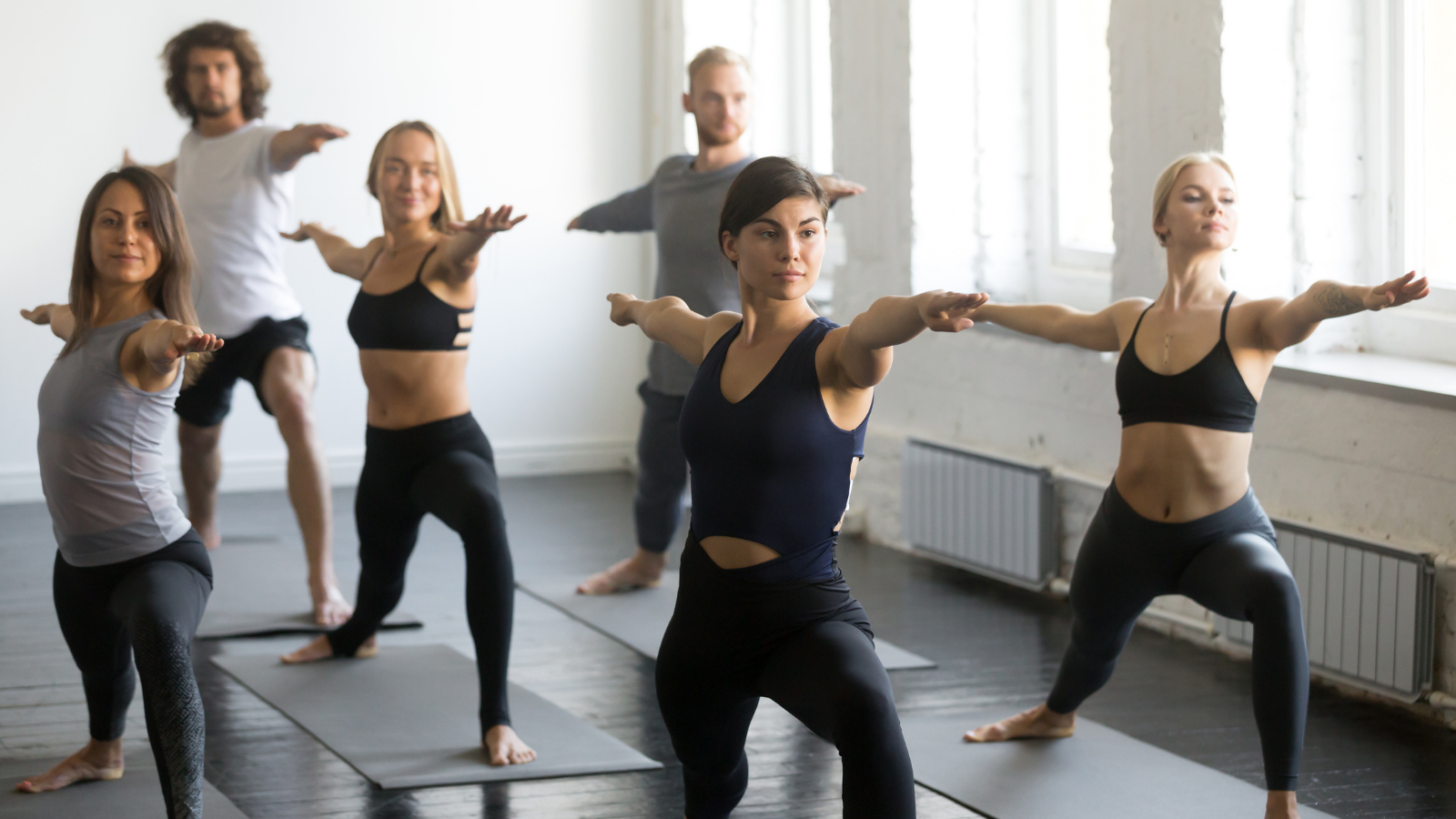
- Demonstrate that there are many ways to build strength and stamina, such as holding poses longer and cueing into alignment subtleties. That can open students’ minds to the multitude of ways there are to engage the body beneficially in asana practice. It’s not all about moving through poses at a mile a minute.
- Connect physically challenging movements and poses with yoga philosophy. For example, guide them toward svadhyaya by urging them to notice their tendencies when you cue them into a physically challenging pose or poses. Are they practicing with ahimsa (non-harming)? Can they release from attachment to getting into a challenging pose on any particular day or any set timetable for their progress?
- Follow physically challenging poses with more restful poses. This, of course, should be informed by anatomically sound sequencing principles such as transitional poses and counterposes. This approach is another one that can impress upon students the immensity of what yoga asana offers, and that it’s entirely possible to beneficially challenge the body and give it the rest that it needs. Balance is the key. These are all ways an effective yoga teacher can instill deeper learning in her yoga students.
An Effective Yoga Teacher Teaches Discernment: “What Are You Feeling?” Rather than “Feel the Burn”
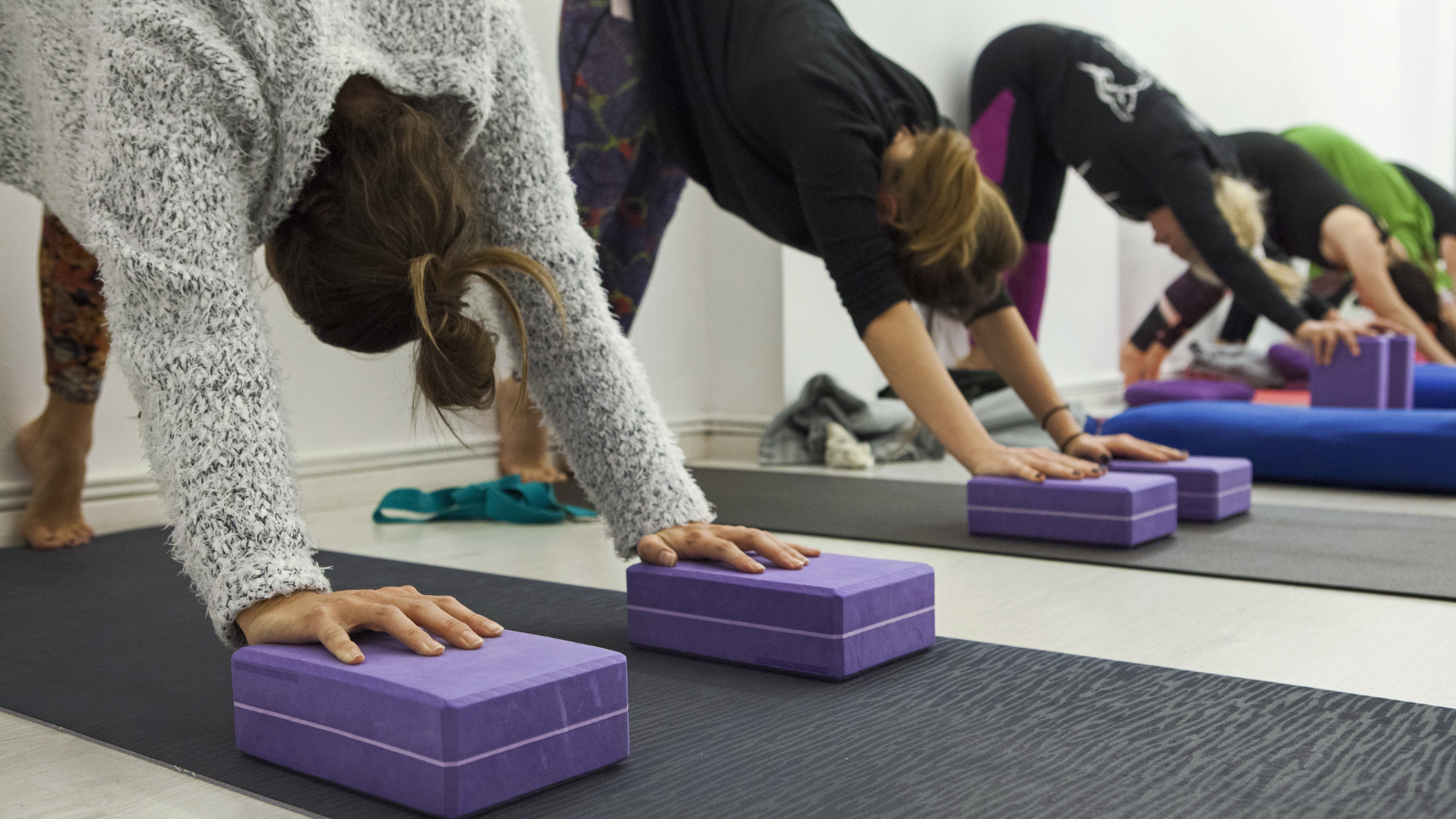 If you’ve ever taken a fitness class, you may very well have heard a loud and enthusiastic “feel the burn!” or “oh yeah, that hurts so good!” Personally, I’ve heard many fitness instructors specify what something they’re leading feels like. This arguably implies: “this is what this should feel like.” I’m not a fitness instructor, and they may very well have their methodological reasons for this approach, so I’ll refrain from critiquing it.
If you’ve ever taken a fitness class, you may very well have heard a loud and enthusiastic “feel the burn!” or “oh yeah, that hurts so good!” Personally, I’ve heard many fitness instructors specify what something they’re leading feels like. This arguably implies: “this is what this should feel like.” I’m not a fitness instructor, and they may very well have their methodological reasons for this approach, so I’ll refrain from critiquing it.
I can only say that, as a yoga instructor, I find it much more welcoming and nurturing to students to ask them what they’re feeling. It also encourages the interoception, svadhyaya, and overall growth in practice—including those aspects of yoga that go far beyond the physical—that we can help grow within our students. Third, asking what they’re feeling (rather than assuming that we know what they’re feeling) is a way for us instructors to better understand what they’re experiencing in practice. That’s information that can help us to be better instructors for them. To me, these approaches are what make an effective yoga teacher, not how much we can make their students sweat.
How to Teach Discernment in Your Yoga Classes
How’s that for you? How does that feel? Does that feel supported for you? These are a few other iterations (among many) of the “what are you feeling?” question. Here are three instances when you can put this “what are you feeling?” approach into action (not an exhaustive list):
- After physically cueing—if and when that’s safe and feels comfortable to all involved, given COVID—or giving a specific verbal correction to a particular student
- When offering a modification of a pose to a particular student
- According to nonverbal feedback from students (such as facial expressions or other body languages)
Effective Yoga Teachers Let Students Lead
 Along with “feel the burn,” if you’ve taken a fitness class you’ve probably heard iterations of “push harder!” and “you can do it!” That can certainly boost fitness goals by pushing students to challenge their bodies to the maximum. One could also argue that, just like with yoga, there’s a goal beyond the physical—to empower students by leading them to do what they might have never believed they could.
Along with “feel the burn,” if you’ve taken a fitness class you’ve probably heard iterations of “push harder!” and “you can do it!” That can certainly boost fitness goals by pushing students to challenge their bodies to the maximum. One could also argue that, just like with yoga, there’s a goal beyond the physical—to empower students by leading them to do what they might have never believed they could.
Yet, by and large, yoga takes a different approach. Just like with “what are you feeling?,” it’s up to the student to make of the practice what they will. How they take advantage of what the instructor offers is in their hands. If they need to take a Child’s Pose (Balasana) to rest, they can take it. They can also take a certain flow at their own pace, catching up with their fellow students when and how they can.
Give Students Permission to Make Yoga Practice Their Own
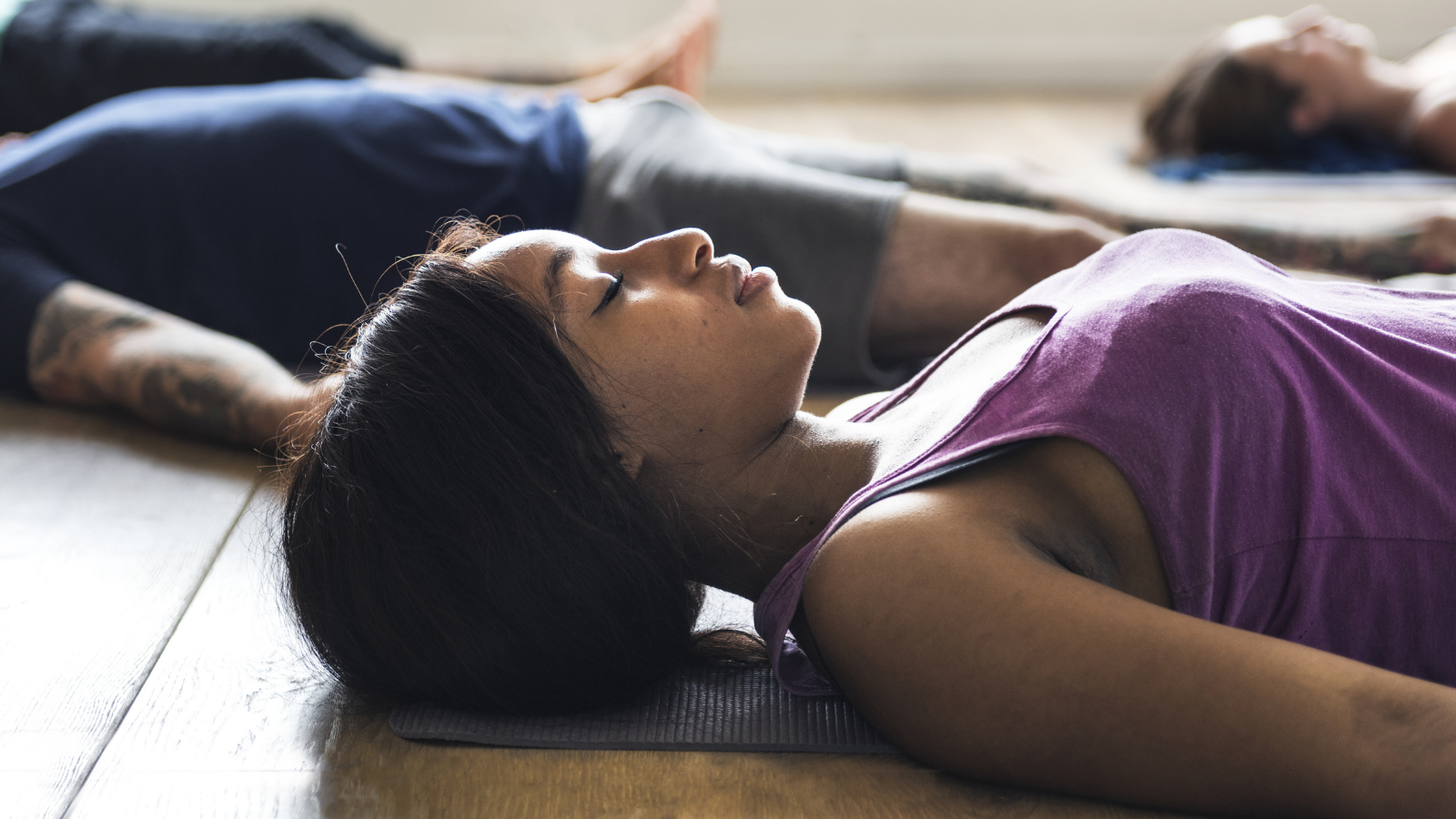 Additionally, even if they can practice the most “advanced” version of a pose, they might choose not to on a particular day for very legitimate, and sometimes very wise, reasons. Just like with physical intensity being a by-product rather than the main goal of the practice, healthy challenges, empowerment, and growth don’t have to come from one pushing one’s body as hard as possible.
Additionally, even if they can practice the most “advanced” version of a pose, they might choose not to on a particular day for very legitimate, and sometimes very wise, reasons. Just like with physical intensity being a by-product rather than the main goal of the practice, healthy challenges, empowerment, and growth don’t have to come from one pushing one’s body as hard as possible.
Most of the many effective yoga teachers I’ve had to teach with this approach. One of my favorites even says, at the beginning of every class, something to the effect of, “I assume that everyone in here is dealing with something—physically, mentally, emotionally—so if I see you doing something different from everyone else, as long it seems intentional and safe, I encourage you to do it!” As a student, hearing that has allowed openness to design my practice to be exactly what I need on that day, no matter what everyone else in the class is doing. Those classes have been among the most healing and growth-filled that I’ve ever taken.
I don’t question the life-changing benefits that some people have experienced from fitness classes. Yet that encouragement to find exactly what their body needs on a particular day? Typically, it’s not there in fitness classes, or at least not there in the same way. Of course with exceptions, that’s just not usually the approach at hand.
How to Encourage Your Yoga Students to Make Their Practice Their Own
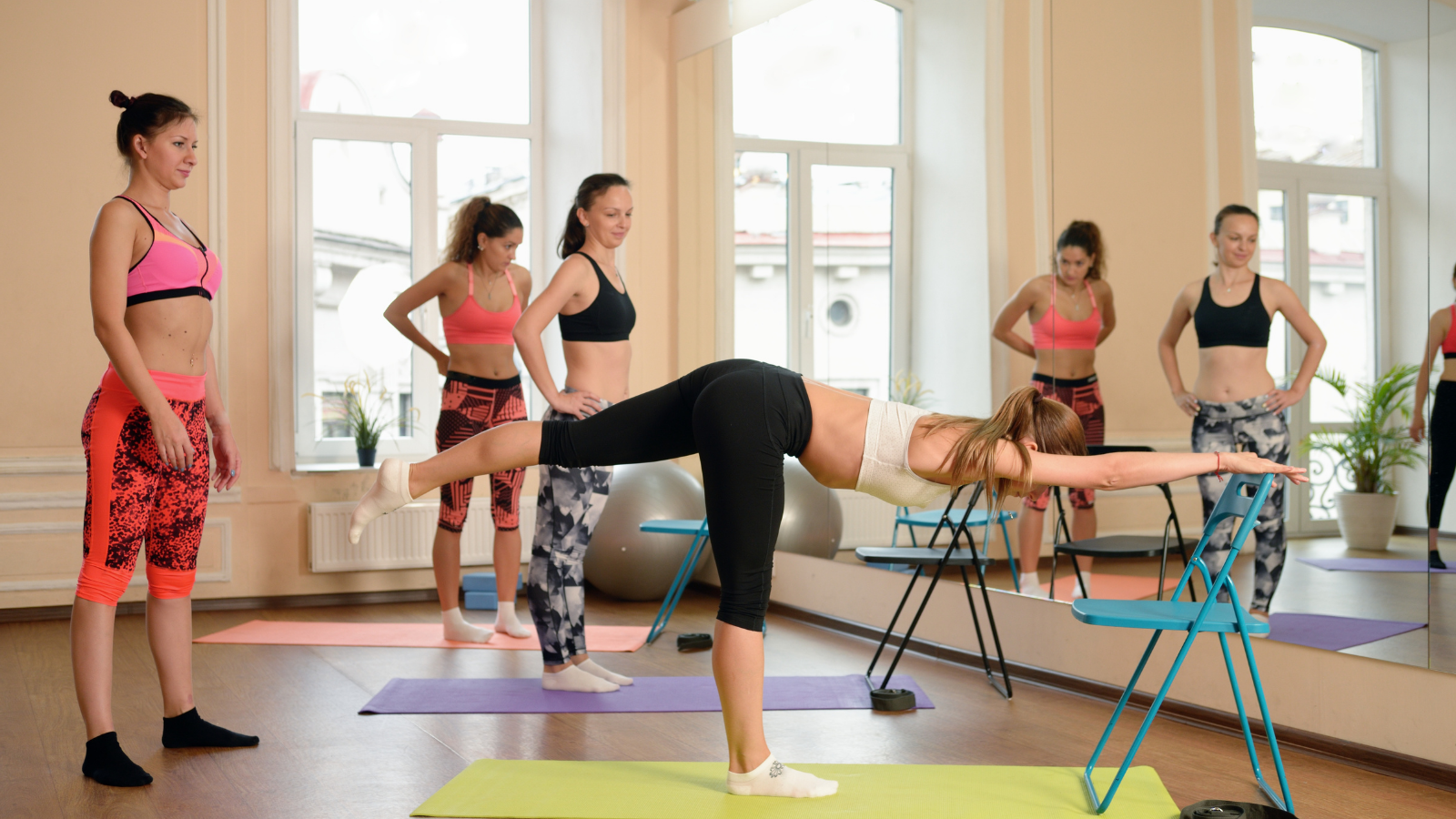 Here are three ways an effective yoga teacher can encourage students to practice in their own way and at their own pace:
Here are three ways an effective yoga teacher can encourage students to practice in their own way and at their own pace:
1. Offer opportunities to flow or to rest, and space/time for the group to come back together. For example, in a Vinyasa flow class you could lead two to three Sun Salutations (Surya Namaskar), and then lead one more with an option to instead take a Child’s Pose or another seated pose, or drink water, wipe sweat, whatever students might need. Later on in class, you could lead a certain sequence of poses a second time and give students the option to flow or to rest.
At the end, you could lead a few deep breaths and cue everyone to come into a pose to set up the next sequence—a Downward Facing Dog Pose (Adho Mukha Svanasana), Plank Pose (Phalakasana), etc. This leaves time for everyone to get there and come together again.
2. Allow students to modify their poses, as long as they seem to be doing so safely and with intention. Students don’t always feel comfortable telling us if they’re recovering from an injury, or a particular body part might just plain hurt on a certain day. We may see them taking a certain modified version of a pose, knowing that they can go deeper. Yet we might not know that they’re sore from a big run the day before, or they simply don’t have the energy to go deeper on this particular day.
There’s nothing wrong with not taking the deepest expression of a pose. Even if they can go there, maybe there’s something wonderful they can discover by getting off at a different bus stop (so to speak).
3. If you see any of your students physically overexerted, consider adjusting your sequence to offer rest rather than more physical challenges. In dance, conditioning, and fitness circles, I’ve heard it said that there’s greater strength just past the point of physical exertion—one’s “edge.” Physiologically speaking, there’s truth to that idea. Yet in yoga, there’s a whole other universe of discoveries that we’re seeking. What could your students find in their bodies, hearts, and mind in a Child’s Pose when they’re feeling overexerted? Would they find the same thing while muscling through yet another sequence of challenging poses? Maybe or maybe not. Personally, I think not.
Your students might benefit, and even appreciate, if you adjust your sequence to cue a restful pose, rather than lead another repetition of the same sequence. That’s especially true when you see that many of them are already at their edge.
Refraining from pushing students to their edge can also help them avoid injuries, which can happen more easily when fatigue sets in. Students who are fatigued often can’t align safely and support themselves in their poses.
Also, read...
7 Yoga Teaching Tips I Wish I’d Learned Sooner
Related courses
Keys to Finding Inner Strength: A Yogic Wisdom Path to Developing Greater Resilience
Somatic Yoga for Fascial Unwinding

Kathryn Boland is an RCYT and R-DMT (Registered Dance/Movement Therapist). She is originally from Rhode Island, attended The George Washington University (Washington, DC) for an undergraduate degree in Dance (where she first encountered yoga), and Lesley University for an MA in Clinical Mental Health Counseling, Expressive Therapies: Dance/Movement Therapy. She has taught yoga to diverse populations in varied locations. As a dancer, she has always loved to keep moving and flowing in practicing more active Vinyasa-style forms. Her interests have recently evolved to include Yin and therapeutic yoga, and aligning those forms with Laban Movement Analysis to serve the needs of various groups (such as Alzheimer’s Disease patients, children diagnosed with ADHD, PTSD-afflicted veterans – all of which are demographically expanding). She believes in finding the opportunity within every adversity, and doing all that she can to help others live with a bit more breath and flow!


